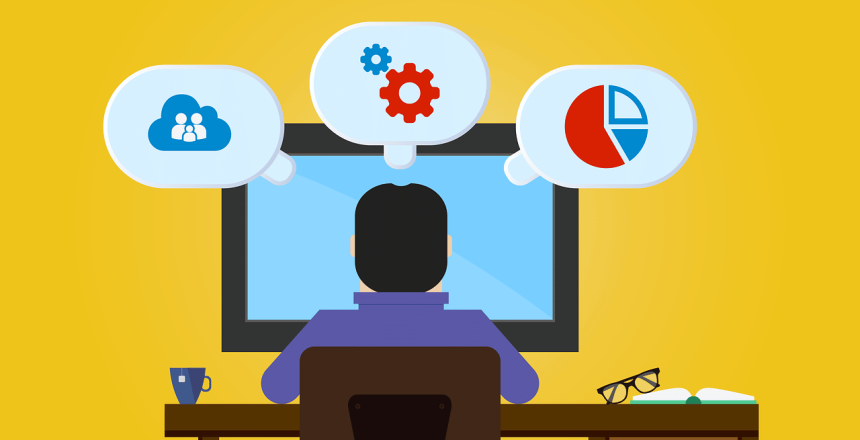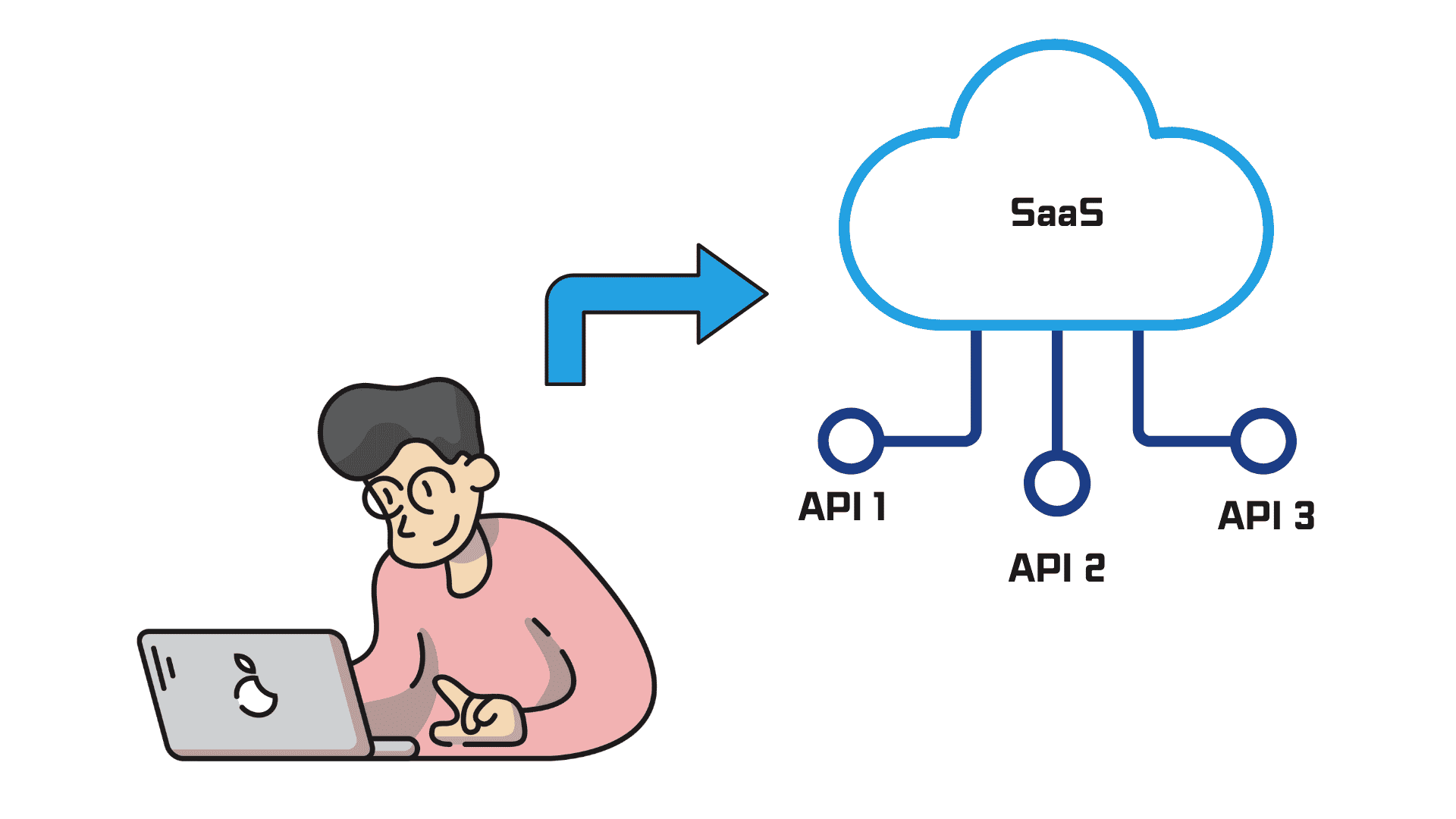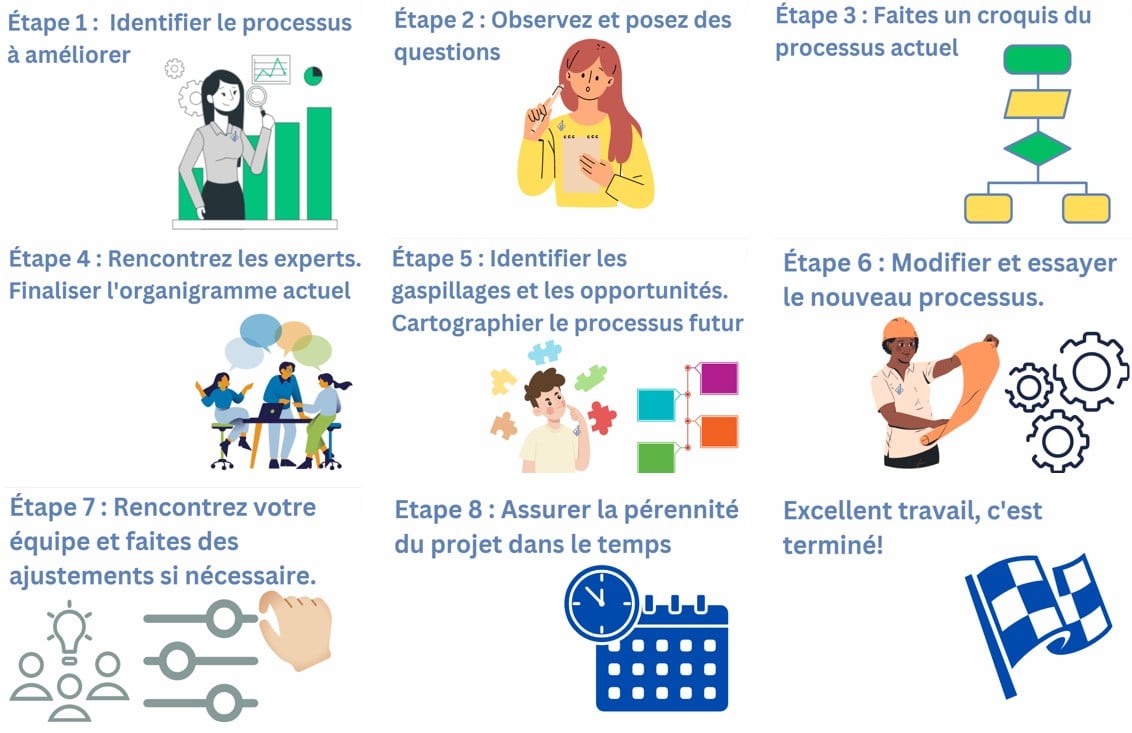Software as a Service (SaaS) and application programming interface (API) are two terms used frequently in the business world. You will see these terms more and more as they are now part of our daily lives.
Top companies such as Amazon, Microsoft, SalesForce, Hubspot, and many others have set the pace in the technological race for a long time. It’s crucial to outpace your competitors by leveraging emerging technologies in the digital marketplace. Failing to do so can erode your market share. To bring this into perspective, recent trends show that businesses investing in SaaS and APIs are experiencing rapid growth and efficiency.
Think of these technological terms as parts of a theme park. Just like how a theme park offers you rides and attractions without having to build them yourself (SaaS). Riding a roller coaster (using software) without needing to build it gives more time for fun (efficiency)!
Similarly, an API is like the park’s map, guiding the rides (software) to work together. Just like how a map leads you to different rides, an API allows different software to interact and perform better. It’s like having your own tour guide to navigate seamlessly in the world of technology!
Hence, educating yourself on methods to enhance your technological performance can potentially yield significant benefits!
This article helps to distinguish the SaaS concept from the API method. Thus, we highlight two terms that are already well documented on the web but have so many characteristics that it becomes difficult to see quickly.
That being said, let’s see the distinctions between these two terms.
Is SaaS the Same as API?
An API makes it possible to request data from a third party and makes it possible to manipulate the data according to the authorization obtained by the user, while SaaS is a concept that makes it possible to provide certain functions to the user.
SaaS can utilize one or more APIs to request and modify data from cloud-based software. In this context, APIs prove beneficial for SaaS. However, their usage isn’t necessarily vital as SaaS doesn’t inherently require communication with other apps. For instance, standalone SaaS applications that handle tasks independently without needing data from other apps won’t necessarily require APIs.
It is not necessarily straightforward to understand the nuances between these two terms. On the other hand, a more in-depth study makes it possible to see more clearly.
What Does SaaS API Enable?
The SaaS concept can use the API method to connect with other applications.
A SaaS API is a cloud-based software solution that allows communication with other applications through different APIs. Thus, the software is fed by other data.
Let’s take a simple example. You pay for software as a service (SaaS). Therefore, you can use an online platform made available to you and use the functions it allows. The company that makes the SaaS available to you keeps it all in place.
It wants to offer you the best possible features according to your needs. Following this logic, the company maintaining the SaaS may find that data external to the SaaS would be useful when you view the SaaS.
Using an API, the company’s SaaS communicates with another database, allowing the SaaS to be more optimal according to your needs.
The company that owns the SaaS does not always have the possibility or the resources to build its databases; this is why it can use the services of other companies.
What Is a SaaS?
SaaS is an acronym that stands for “software as a service”.
Here is a definition of SaaS according to the giant SalesForce:
“SaaS is a cloud-based software solution in which software providers deliver applications to users via the Internet. SaaS companies provide access to their software most often through a website or applications. Other widely used cloud computing solutions include platform as a service (PaaS) and infrastructure as a service (IaaS). “
In other words, many businesses provide their services via a web-based platform or applications. We only have to think of Shopify which offers a service in the form of an e-commerce SaaS platform or Hubspot which offers a CRM in the form of SaaS. In short, another obvious example of SaaS is that of SalesForce which provides a CRM.
SaaS Market Potential
A large majority of competitive businesses now have an online presence. Thus, several companies with a better understanding of the Web can help them by setting up the infrastructures to simplify the work of customers.
The future of the SaaS market looks promising. Based on TechTarget’s data, the SaaS market is anticipated to hit a staggering $200 billion by 2024. To stay competitive, companies need to determine the most effective SaaS tools for their specific industry. Robust criteria might include cost-effectiveness, scalability, integration capabilities, and industry-specific functionality.
What Is an API?
An application programming interface (API) is a well-defined protocol for communication between various components. It facilitates interaction between different software programs. APIs can be engineered in countless ways. For instance, AWS explains how APIs function. A real-life example would be a delivery app using Google Maps API to pinpoint restaurant locations and generate delivery routes.
- SOAP APIs
- RPC APIs
- WebSocket APIs
- REST APIs
Nowadays, REST APIs are the most common since they are stateless. In other words, servers do not save client data between requests.
According to IBM:
“A REST API is an API that conforms to the design principles of the REST, or representational state transfer architectural style. For this reason, REST APIs are sometimes referred to as RESTful APIs.”
they also mention that:
“REST APIs communicate via HTTP requests to perform standard database functions like creating, reading, updating, and deleting records (also known as CRUD) within a resource.”
What is Platform as a Service (PaaS) and How Does it Enhance Business Operations?
Platform as a service (PaaS) is a cloud computing platform that provides users with an environment to create, deploy, manage and scale applications. It is a complete platform for building and deploying applications quickly and cost-effectively without the complexity of building or managing infrastructure.
PaaS also offers a wide range of services such as operating systems, programming languages, databases, middleware, and analytics tools to help developers focus on creating applications without worrying about back-end infrastructure.
Additionally, PaaS provides customers with automatic updates to hardware components like servers and storage devices which makes it easy to scale up or down depending on their application’s needs. This helps reduce costs while increasing efficiency in development operations.
Furthermore, Platform as a Service eliminates the need for expensive hardware setup by providing customers with ready-to-use platform services. PaaS is an ideal choice for small and medium sized businesses looking to quickly launch applications without the heavy cost of infrastructure setup or maintenance.
By leveraging this concept, customers can focus their resources on developing applications while relying on the platform to provide them with all the necessary tools. As such, platform as a service is a powerful platform for businesses to build and deploy applications quickly and efficiently.
Is an API SaaS or PaaS?
As mentioned earlier, SaaS is not an API. But is Platform as a Service an API?
An API is not SaaS or PaaS itself, but it can be used in conjunction with SaaS and PaaS solutions. APIs are tools that allow developers to interact with external services such as SaaS or PaaS providers so they can build applications more quickly and efficiently. By leveraging an API, developers can access data from SaaS or PaaS solutions and integrate them with their own applications.
To summarize, the combined power of SaaS and PaaS solutions offers an ideal scenario for businesses aiming to rapidly develop and deploy applications without getting entangled in infrastructure setup. Integration of an API can further streamline this process by conveniently allowing developers to access data from external sources. So, the trifecta of SaaS, PaaS, and API together empowers businesses to craft potent apps that boost efficiency and curtail overheads.
Summing Up and Next Steps
Knowing now what the advantages of the SaaS concept and API methods are, everything is in your hands to find the most optimal platforms for your industry. For more information about SaaS, here is another article: https://collectionperformance.com/en/api-vs-webhooks-vs-websocket/
Irrespective of whether you’re waist-deep in technology or just dipping your toes, there’s always room to gain more knowledge about technological performance. Such continuous learning can be a powerful lever for propelling your business growth.
Bibliographic Sources:
- De Reanzi, S. Reine, Vinoth Rajiah, and P. Ranjith Jeba Thangiah. “Dynamic Prioritization and Execution of API Tests Based on Customer Usage Pattern for SaaS Applications.” 2018 IEEE International Conference on Cloud Computing in Emerging Markets (CCEM). IEEE, 2018.
- SalesForce. “What is a software as service (SaaS)” 2022
- Crout, Galen. “What is SaaS, PaaS, and Iaas?” Shopify, 2021.
- Wikipedia contributors. (2022, July 24). API. In Wikipedia, The Free Encyclopedia. Retrieved 11:44, August 2, 2022
- AWS. “What is an API”









